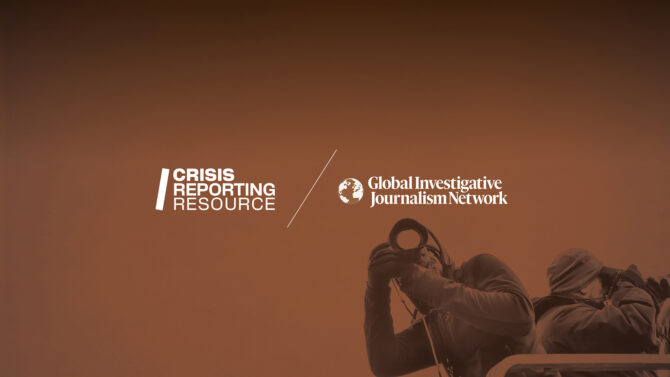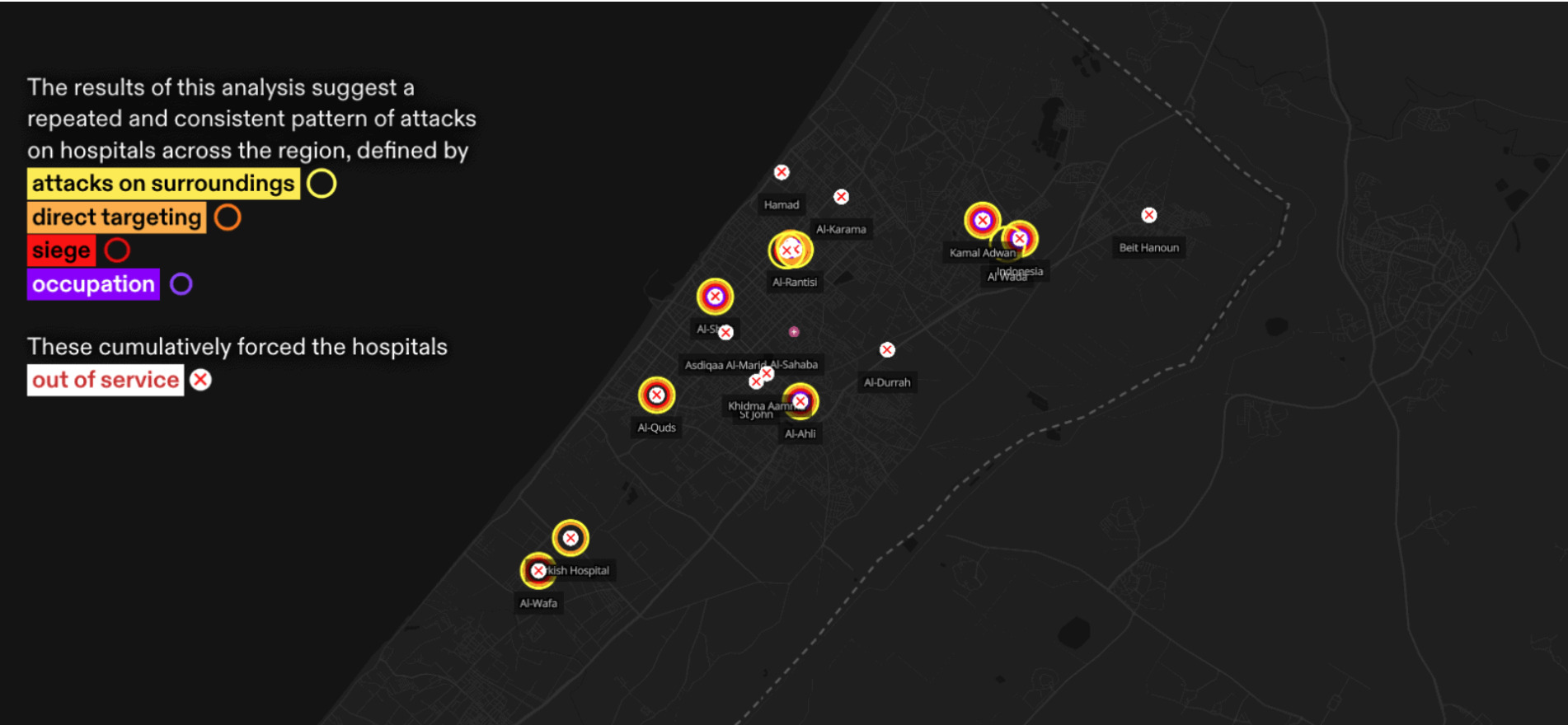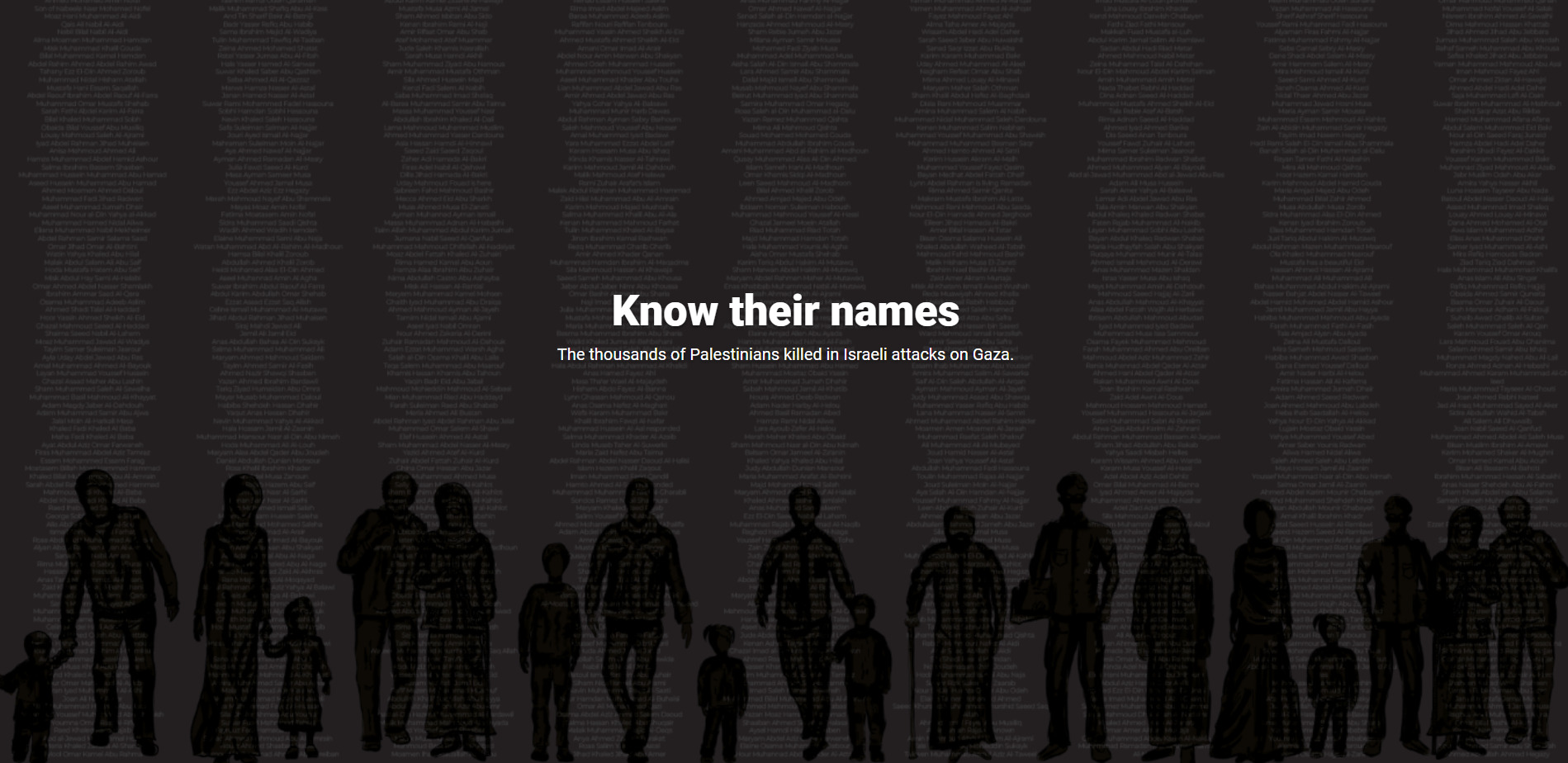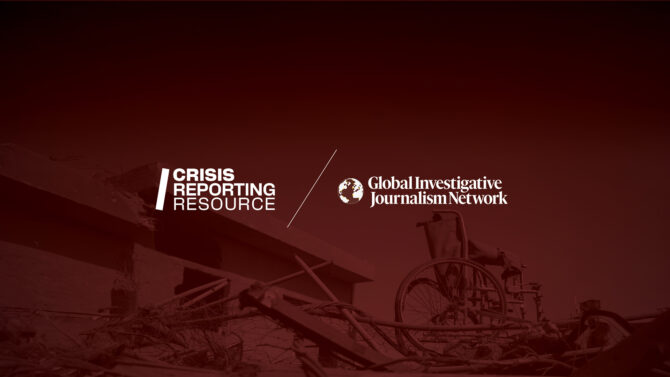The original article was published by GIJN on 14/3/2024 and was reproduced with permission. Any reprint permissions are subject to the original publisher.
Editor’s Note: This is the first in a series of stories where GIJN will be looking at the intersection of investigative journalism and the ongoing war in Gaza between Israel and Hamas.
Because of the near-impossible working environment, most investigative stories so far about the ongoing war between Israel and Hamas in Gaza have been written by international media outlets.
As the Israel-Hamas war now reaches its sixth month, intrepid journalists continue to work under dire — and often deadly — conditions. As of March 7, the Committee to Protect Journalists has documented at least 95 journalists or media workers killed in the region, among them 90 Palestinians, three Lebanese, and two Israelis. In addition, 16 journalists have been injured, four more are missing, and more than two dozen have reportedly been arrested.
In-depth investigative reporting, which is often difficult even during the best of times, becomes an incredible challenge amidst a war where the battlefield is undefined, ever-shifting, and treacherous. When faced with risks to one’s personal safety, as well as other logistical obstacles like a lack of Internet access and inability to move freely, how can a journalist dig deeply into what’s happening on the ground?
Because of the near-impossible working environment, most investigative stories so far about the ongoing war in Gaza have been written by international media outlets, which heavily rely on geolocation, document analysis, and open source information instead of traditional, on-the-ground reporting. To help others in the GIJN community appreciate how investigative journalism can still be done in such a perilous reporting environment and learn more about techniques for digging into war atrocities, here are some of the best investigations that have been produced so far by journalism organizations and research advocacy groups.
Hamas Posted Video of Mock Attack Weeks Before Border Breach (Associated Press)
Published less than one week after the surprise October 7 attack by Hamas, the Associated Press reviewed more than 100 videos the group had released via Telegram in the prior year. In it, the AP identified five sites Hamas used to openly train on breaching Israel’s border defenses. In addition, the AP was able to geolocate in the south of the Gaza Strip a mocked-up Israeli settlement, replete with a sign bearing the name of an actual Israeli kibbutz, from a video Hamas made just weeks before the attack.
Through video and satellite analysis, the AP’s exposé was able to recreate a meticulous timeline of the October 7 Hamas attack, show the many warning signs Israel missed, and interview military and intelligence experts about the sophisticated, coordinated nature of Hamas’s incursion.
Investigating War Crimes: Documenting with Photo and Video

The role of the visual journalist, photographer, or videographer is different from other journalism roles, in that we always have to actually see what is happening. We have to be there – be upfront, as witnesses. But, we also need to understand the story, and the players involved.
Destruction of Medical Infrastructure in Gaza (Forensic Architecture)
This investigation published in early December 2023 by London-based research group Forensic Architecture, which conducts meta-analyses using complex investigative techniques, aggregated early news reports of Israeli military attacks on medical infrastructure in Gaza. A team of researchers analyzed hundreds of dispatches from Al Jazeera, Al Araby, and Shehab News that described attacks on or near hospitals in the north of Gaza.
Forensic Architecture’s open source analysis suggested that hospitals in that area of Gaza were being subjected to a systematic pattern of violence by the Israeli military as part of the ongoing invasion. It found that 28 hospitals, including all those in the north, had been besieged, damaged, or destroyed as a result of a widespread pattern of targeted attacks.

Graphic Videos and Incitement: How the IDF Is Misleading Israelis on Telegram (Haaretz)
Haaretz investigated how the Israeli military was secretly involved in a propaganda Telegram channel that targeted Israel’s public to fuel the war against Hamas. This channel routinely shared graphic videos that channel operators claimed was footage of Hamas fighters.
According to the story, an Israel Defense Forces (IDF) agency responsible for psychological warfare is the clandestine operator of the Telegram channel known as 72 Virgins. With over 700 posts, images, and videos of Hamas members being killed along with scenes of destruction, the channel boasts of “exclusive content from the Gaza Strip” and asks its thousands of followers to share its pro-Israeli posts so “everyone can see that we’re screwing them.” To gather evidence, Haaretz interviewed an internal IDF source who confirmed that the channel is funded and operated by Israeli military personnel. But Israeli law prohibits the IDF from targeting its own citizens with propaganda campaigns.
A number of media organizations dug into the incident, but contradictory conclusions showed the limitations of open source techniques.
Open Source Investigations Into the October 17 al-Ahli Hospital Explosion (Various Outlets)
On October 17, 2023, an explosion took place in the courtyard of al-Ahli Arab Hospital in Gaza City, resulting in more than 470 reported casualties among the displaced Palestinians seeking shelter there.
Israel denied responsibility for the attack, instead claiming that an Islamist armed group had misfired one of its rockets, causing the blast. In return, Palestinians said that Israel deliberately attacked the hospital after three orders of evacuation that the hospital received before the explosion.
A number of media organizations dug into the incident, but their sometimes contradictory conclusions showed the limitations of open source techniques in the chaos of an active war. Forensic Architecture, Channel 4, and Al Jazeera’s Sanad verification unit published in-depth analyses of the blast that were either inconclusive or ruled against the Palestinian misfire theory. The advocacy group Human Rights Watch (HRW) conducted its own subsequent investigation that interviewed witnesses, analyzed satellite data, and reviewed reports by other news organizations (including Al Jazeera). HRW also did a remote assessment of the damage on site, and attempted to calculate the possible trajectory of potential projectiles seen on video before and after the explosion. As a result, it concluded an airdropped bomb of the size Israel often used in Gaza was not the cause of the bombing.
‘Buying Quiet’: Inside the Israeli Plan That Propped Up Hamas (The New York Times)
This investigation by the Times dug into the Israeli government’s longtime policy of effectively approving millions of dollars to be sent to Hamas from the Qatari government. Times reporters interviewed dozens of former and current Israeli, Qatari, and Middle Eastern officials about what was an open secret in the region.
Based on these interviews, the Times concluded that Israeli Prime Minister Benjamin Netanyahu’s decision to continue to allow this outside funding of Hamas was predicated on a fundamentally flawed assumption that the group was incapable of a large-scale attack. But even after Israeli intelligence obtained Hamas battle plans that foreshadowed the wide-scale nature of the October 7 attack, the payments continued.
Know Their Names (Al Jazeera)
By mapping and visualizing civilian deaths in Gaza resulting from Israeli airstrikes, this story challenges the stereotype that investigative data stories are dry and lacking in emotion or personal connection Here, the Al Jazeera data team illustrates and humanizes the victims of bombardment, documenting their names, their careers, and the quotes they posted on social media describing the horrific situations they faced in wartime. By comparing the normal life expectancy of regular Palestinians before the war — 75 years old — with how many years have been lost by those killed, the story helps readers comprehend the intensity of the ongoing conflict.

Gaza Diaries (BBC World Service)
This innovative BBC documentary flips the script and lets the public participate first-hand in the reporting. The primary objective of the series was to provide a ground-level view of the impact of the Israel-Hamas conflict on ordinary citizens in Gaza. By using as its reporting backbone mobile phone videos filmed by five Palestinian contributors from different backgrounds, the BBC kept the film’s focus on the real and immediate, showing raw perspectives of life in a war zone.
Through video and satellite analysis, the AP was able to recreate a meticulous timeline of the October 7 Hamas attack.
Israel Has Waged One of This Century’s Most Destructive Wars in Gaza (The Washington Post)
In this investigation, the Washington Post interviewed nearly two-dozen healthcare staff, aid workers, and military experts, and combined that testimony with near real-time satellite imagery of the Gaza Strip to understand the scale of the war Israel has carried out.
According to the Post’s analysis, the level of devastation from Israel’s ground and air assault likely exceeds that of any recent conflict. The story concluded that Israel has destroyed more buildings in less time than the three-year battle for Aleppo, Syria, or the US-led campaign against ISIS in 2017.
‘Only Those With Money Can Leave’: Gazans Pay Thousands to Escape Through Egypt (OCCRP)
As the Israel ground invasion pressed deeper into Gaza, thousands of Palestinians fled south, seeking to escape into Egypt. But with tight security controls on the only remaining border crossing into that country, OCCRP sought to understand the illicit market of bribes to cross the border. According to more than a dozen interviews with Palestinians and Egyptians conducted by OCCRP and the Cairo-based SaheehMasr media platform, some brokers are now charging Palestinians from US$4,500 to $10,000 per person for a crossing permit. Even these exorbitant fees are no guarantee of safe passage, however, as only two of the dozen interviewees that paid up had managed to leave successfully, while three lost their money in a scam.
Investigating War Crimes: Attacks on Civilians

Journalists are key witnesses to atrocities committed against civilians.
Gaza War Puts US’s Extensive Weapons Stockpile in Israel Under Scrutiny (the Guardian)
This investigation revealed a secret network of US government weapons stockpiles, located in multiple, closely guarded warehouses across Israel. Previously shrouded in secrecy, these warehouses are ostensibly for use by the US military in case of emergency operations in the Middle East. Thanks to interviews with former US officials, the Guardian was able to determine that Israel has been extensively drawing munitions from these weapons caches to fuel its months-long assault on Gaza.
Palestine Unplugged: How Israel Disrupts Gaza’s Internet (Access Now)
In this report, the advocacy group Access Now mapped the main internet providers in Gaza and analyzed connectivity and traffic changes between October 4 and 31, 2023. (On October 9, Israel implemented a near-blackout of public communications in and out of Gaza, as internet traffic plummeted by more than 80% the rest of that month.) This analysis examined the many reasons for the shutdowns, which included infrastructure damage and more targeted disruptions. AccessNow’s report drilled down to the granular level, listing issues related to specific service providers, locations, and distribution levels. While the report is quite technical, it serves as a handy reference and provides an insightful look into how communication warfare can affect a population caught in the middle of a war.
How Did Israel Destroy the Education Sector in Gaza? (7iber)
This in-depth report by GIJN member 7iber examined how the extensive bombing inside Gaza has destroyed the territory’s educational infrastructure. 7iber detailed that more than 600,000 students in Gaza are now left without any functioning academic institution, including 60,000 high school students, and nearly 90,000 college students. In addition, the reporting found that the Israeli bombardment had, at that point, killed 4,000 students as well as 130 teachers and school administrators, and injured more than 400 other school staff.
